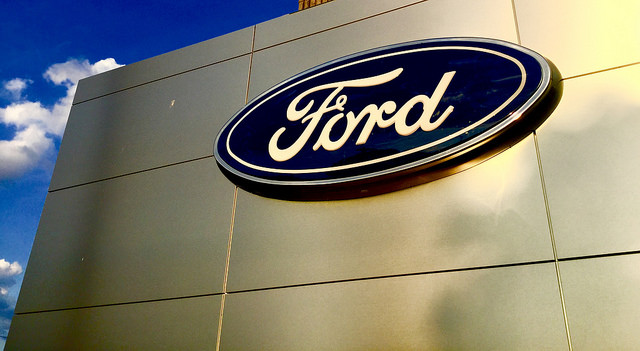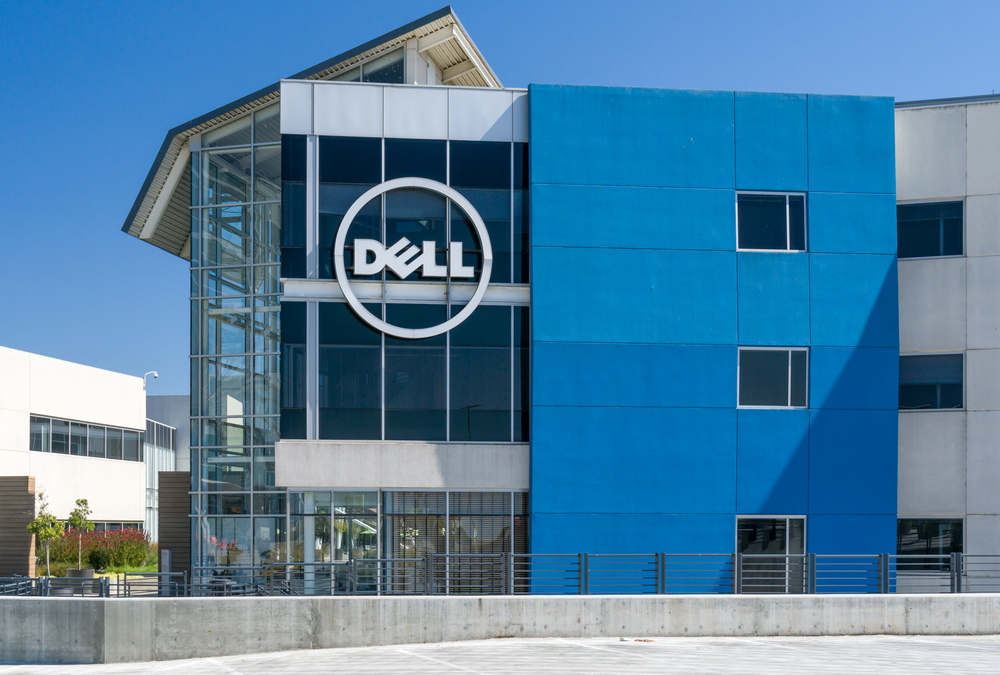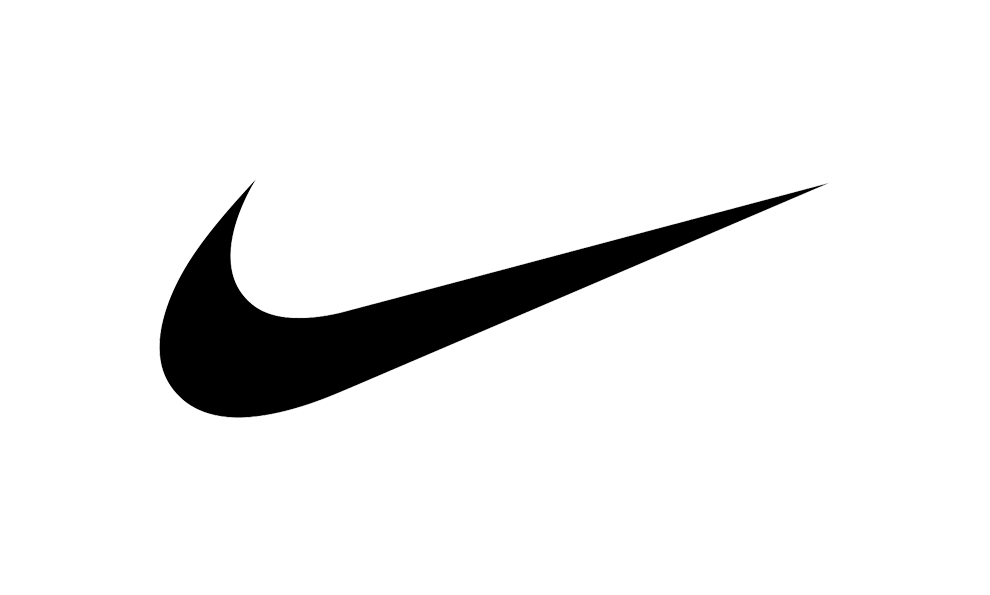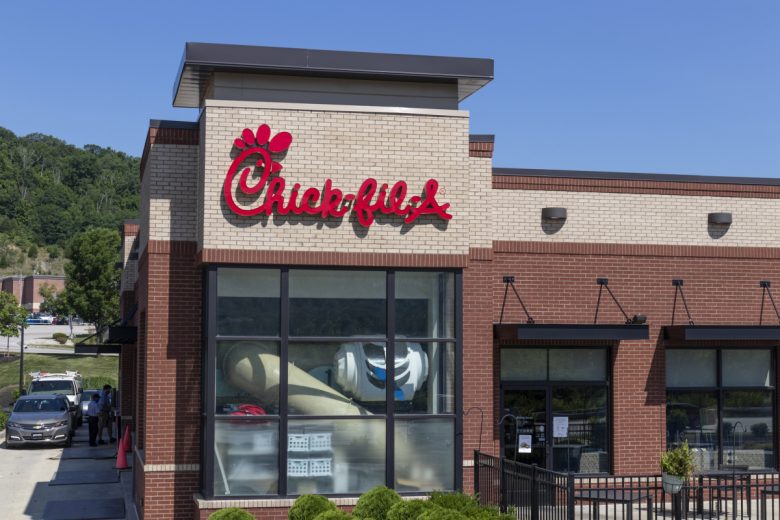Many tight-knit families with aspiring entrepreneurs often think about starting a family business with their loved ones. Having a family-owned business can be immensely rewarding. Not only do business owners get the opportunity to start a profitable venture, but they also get to do it with people with whom they have a close connection. Although running a family business is not without its challenges, doing so can bring a family closer together and provide for the financial needs of the family.
However, some family businesses go far beyond just providing for the family. Many family businesses have experienced massive success and have created legacies for the founders and families. Taking a company public or selling to another firm is usually the natural progression for many successful companies. However, some family-owned businesses choose to retain as much ownership as possible. Today, we’ll look at 10 of the most successful businesses that are still family-owned. For our list, we will be looking at companies where the family still owns at least 33% of the company.
Comcast: Family Ownership 33.8%
Comcast Corporation started humbly in Tupelo, Mississippi, in 1963 by a man named Ralph J. Roberts. He, along with Daniel Aaron and Julian A. Brodsky, purchased a 1,200-subscriber cable TV system. This purchase planted the seed for what would become a behemoth in the telecommunications industry.
Roberts was ahead of his time in recognizing the potential of cable television as more than just an antenna service for rural areas. Comcast grew steadily throughout the ’70s and ’80s by way of acquisitions and expansions. Its leadership prioritized both technological advancements and customer service, understanding that the former without the latter was an incomplete recipe for success.
By the 1990s, under the leadership of Ralph’s son, Brian L. Roberts, Comcast’s ambitions expanded beyond cable. The company began focusing on launching and acquiring television networks. Then, in 2002 Comcast acquired AT&T Broadband, making it the largest cable company in the United States.
But Comcast’s vision transcended even these massive achievements. In 2011, Comcast took a bold step by acquiring NBCUniversal. This acquisition brought under its umbrella news, entertainment, and sports networks, Universal Pictures, and Universal Parks and Resorts.
Brian L. Roberts, like his father, has always been future-centric. Brian L. Roberts still serves as Comcast’s CEO and Chairman, and the Roberts family retains 33.8% ownership of the media giant.
Berkshire Hathaway: Family Ownership 37.2%
Berkshire Hathaway is one of the world’s most admired companies. Founded in the early 1830s, the company remained primarily in the textile business for over a century.
Things changed in the mid-1960s when a young and astute investor named Warren Buffett began buying shares of the company. Initially, Buffett’s interest was in the company’s undervalued assets. However, following disagreements with management, he took control of Berkshire Hathaway by 1965.
Buffett, along with his business partner Charlie Munger, diverged from the textile business and began directing the company’s cash flows into buying stocks of other companies and outright acquisitions. Their investment philosophy was to buy undervalued businesses with strong fundamentals and trustworthy management and hold them for the long term.
Over the years, Berkshire Hathaway acquired stakes in numerous companies across different sectors including brands like GEICO, Dairy Queen, Fruit of the Loom, and Benjamin Moore. Each acquisition reflected Buffett and Munger’s belief in long-term value, sound management, and business durability.
What started as a small textile company has now become a billion-dollar company. Berkshire generated revenues of $234 billion in 2022.
Ford Motor Company: Family Ownership 40.0%

Henry Ford and a group of investors started the Ford Motor Company with a simple yet revolutionary vision: produce affordable automobiles for the masses. Over 100 years later, the company is still at work trying to continue fulfilling that mission.
In 1908, this vision materialized with the Model T. This was an automobile that was built to be affordable. The Model T’s success wasn’t solely due to its design but also to Henry Ford’s groundbreaking manufacturing innovation. Henry Ford is credited with inventing the moving assembly line. This method drastically reduced production times. The moving assembly line enabled Ford to scale up production and drive down costs. By 1927, an astounding 15 million Model Ts had been produced. What was once a luxury item had become accessible to the American middle class.
Ford’s influence wasn’t limited to the automobile industry. The company also introduced the $5 workday in 1914. This wage doubled the average for a workday and led to not only increased productivity but also boosted morale and loyalty among Ford workers. This move laid the groundwork for what would later be recognized as the middle-class American dream.
Currently, the family continues to hold 40% ownership of the company as well as being very much involved in the brand. Furthermore, William Clay Ford Jr., who is the great-grandson of Henry Ford, serves as Executive Chairman of the company.
Walmart: Family Ownership 48.9%
The story of Walmart is a testament to the vision and determination of its founder, Sam Walton. Established in 1962, Walmart revolutionized retail with its focus on low prices and customer satisfaction. The Walton family has retained control over the business, with members serving in various key positions within the company.
Sam Walton revolutionized retailing in the US but his introduction into retailing began with a sales trainee job at a J.C. Penney store. However, Walton couldn’t keep his job at the retail store due to his paperwork always being disorganized. After a stint in the military, Walton borrowed $20,000 and put $2,000 of his own towards buying a Ben Franklin store in Arkansas. By 1960, Walton owned 15 stores. On July 2, 1962, Walton opened the first Walmart Discount City store. The number soared to 276 in 1980, and he was ranked as the richest man in the nation in 1985 with an estimated wealth of $2.8 billion.
Walmart has gone on to be the world’s largest retail company. The eldest son of Sam Walton, Rob served as Walmart’s Chairman of the Board from 1992 to 2015. He played a pivotal role in the company’s growth after his father’s passing. Also, Sam’s youngest son, Jim is an active board member of Walmart and is also the CEO of his family-owned Arvest Bank.
The Walton family, as a collective, retains significant ownership of Walmart and continues to influence its strategic direction. Their commitment to Sam Walton’s original vision, combined with adaptability to the changing retail landscape, has been a cornerstone of Walmart’s enduring success.
Dell: Family ownership 75%

19-year-old Michael Dell, a pre-med student at the University of Texas at Austin, started ‘PC’s Limited’ in 1984. He came up with the idea to sell custom-built computers directly to consumers. Doing this could eliminate the middleman so that he could customize the computers, offer the machines at lower prices, as well as retain more of the profits. This direct-to-consumer model was revolutionary at the time.
With just $1,000 in capital, Michael Dell began assembling and selling computers. By 1985, the company introduced its first designed-from-scratch computer called the Turbo PC. He began advertising the computer giving customers the option of ordering directly over the phone. The response was overwhelming and sales reached millions in the first year.
By the early 1990s, Dell had expanded globally, entering European and Asian markets. In 1996, the company began selling online long before many of its competitors. This move further boosted sales, solidifying Dell’s position as an industry leader.
However, during the 2000s the company began to decline. In 2013, Michael Dell and private equity firm Silver Lake Partners acquired Dell in a landmark leveraged buyout, taking the company private. This strategic move allowed Dell to undergo necessary transformations without the pressures of quarterly public market earnings.
The company went public for a second time in 2018. Now, Dell has returned as one of the world’s best computer companies bringing in revenues over $100 billion annually.
Chick-fil-A: Family Ownership 100%
Founded by S. Truett Cathy in 1946, Chick-fil-A began with a single diner named “The Dwarf Grill” in Hapeville, Georgia. The establishment gained traction for its iconic chicken sandwich. This sandwich, if you’ve never had it, includes a delectable boneless chicken breast, perfectly seasoned, breaded, and served on a toasted bun with pickles.
In 1967, Truett opened the first Chick-fil-A restaurant in Atlanta’s Greenbriar Shopping Center. This move pioneered mall-based fast food. Chick-fil-A’s success is also intertwined with its unique corporate culture that was deeply rooted in the Cathy family’s strong Christian faith. This faith-based approach is evident in decisions like keeping all outlets closed on Sundays and offering employees a day of rest and worship. Despite being open 6 days a week, the restaurant generates nearly $19 billion in sales annually. This makes it the 3rd most successful restaurant chain in the U.S. Also, the brand is ranked #1 in customer satisfaction among restaurant chains
Truett’s children, Dan and Bubba Cathy, inherited the flourishing business. Under their leadership, Chick-fil-A expanded its philanthropic endeavors, focusing on youth and educational programs, and furthered its commitment to community service.
Despite the success, the company has no plans of going public. Ultimately, with the culture and principles the company has, it is likely Chick-fil-A will remain a family business for a long time.
Tyson: Family Ownership 70.6%
Tyson Foods is a name synonymous with the American food industry. It has its roots in a modest venture initiated during the hardships of the Great Depression. In 1935, with just a truck and $50, John W. Tyson began transporting chickens from Arkansas to the bustling markets of the Midwest. His understanding of the demands of the market and commitment to reliability quickly built a reputation for the Tyson brand.
Eventually, John transitioned from transporting to raising and processing chickens by the 1940s. This gave Tyson a unique competitive edge which was control over the quality and supply of products.
The 1960s and 70s marked a period of rapid expansion. John’s son, Don Tyson took over the company and diversified its product range. As a result, the company expanded to include pork and beef and adopted advanced processing techniques. Tyson Foods went public in 1963. Today, Tyson Foods stands as one of the world’s largest producers of meat and the family still retains 70% of the company.
Nike: Family ownership 84.2%

Nike symbol logo
In 1964, Phil Knight, a track athlete from the University of Oregon, and his coach, Bill Bowerman, launched Blue Ribbon Sports (BRS) with a simple premise: to offer athletes superior running shoes. Starting with a mere $1,200 investment, they began by importing high-quality running shoes from Japan.
Bowerman’s obsession with crafting the perfect shoe led to continuous tinkering. In a moment of inspiration, he used a waffle iron to mold rubber soles. Evidently, he believed this design would offer better traction. As a result, this “Waffle Trainer” became a massive success upon its 1974 release and remains iconic in sneaker history.
Recognizing the potential for their own brand, BRS transitioned to Nike Inc. in 1971 and was paired with the now-famous Swoosh logo. The late 1970s and 80s marked Nike’s ascent to industry dominance. The signing of Michael Jordan in 1984 and the subsequent release of the Air Jordan sneaker line was a game-changer. Ultimately, this partnership transformed athletic endorsements and solidified Nike’s status in cultural and fashion spheres beyond just athletics.
From the unforgettable “Just Do It” campaign to partnerships with athletes like LeBron James, Serena Williams, and Cristiano Ronaldo, Nike mastered the art of storytelling, creating a brand that symbolized aspiration and inspiration. Today, Nike is the global leader in athletic apparel with the Knight family retaining 84% of the company.
Aldi: Family Ownership 100%
Aldi began its journey in the quiet town of Essen, Germany. Founded by brothers Karl and Theo Albrecht in 1946, the store was a continuation of their mother’s small grocery business. Post-war Germany was marred by economic hardships. As a result, the brothers recognized the need for affordable, no-frills shopping. Their straightforward model was built on a limited selection of high-quality products at low prices.
A pivotal moment in Aldi’s history came in 1960 when the Albrecht brothers decided to split the business into two separate entities: Aldi Nord (North) and Aldi Süd (South), due to differing opinions on selling cigarettes. Despite operating independently, both chains retained the core ethos of simplicity and value, expanding steadily throughout Germany.
During the 1970s Aldi’s expanded to Australia, the US, and into the rest of Europe. Their expansion strategy was meticulous, ensuring that they continued offering high-quality products at unbeatable low prices. This was achieved through efficient supply chain management and cost-effective store operations.
A notable aspect of Aldi’s approach is its private-label focus. By collaborating closely with suppliers and avoiding brand premiums, Aldi ensures quality control and lower prices. Also, store layouts are straightforward. Products are often displayed in their shipping cartons to minimize staffing needs and expedite restocking.
Over time, despite facing fierce competition from both established supermarkets and new entrants, Aldi’s unwavering commitment to its founding principles has resonated with consumers globally. Today, with thousands of stores across continents, the Aldi family still owns 100% of the company.
Mars- Family Ownership 100%
Known as the 4th largest privately held company in the world, Mars Incorporated has been a successful family-owned business for over 100 years. It was founded in 1911, in Tacoma, Washington by Frank C. Mars. Mars began making and selling candy from his kitchen. The initial involvement in the candy business was challenging, with several ventures failing. However, he eventually found a way to make it work.
This came with the creation of the Milky Way candy bar in 1923. This was the breakthrough he had been waiting for. This bar was inspired by a popular malted milkshake of the time. Eventually, it became an instant sensation in the American market.
Later, Frank’s son, Forrest Mars Sr., expanded the Mars vision. After a brief rift with his father, Forrest moved to Europe, where he developed the Mars bar and acquired rights to produce and sell M&M’s.
Incidentally, the tiny candies were a concept proposed by Bruce Murrie, who was the son of Hershey’s Chocolate’s president. These chocolate candies, resistant to melting, were initially introduced to military rations during World War II. This helped them gain immense popularity among troops.
By the mid-20th century, Mars had diversified its portfolio, venturing into non-confectionery avenues. The acquisition of Chappell Brothers in the 1930s marked Mars’ entry into the pet food industry. This laid the foundation for brands like Whiskas and Pedigree.
Today, Mars makes sweet treats like Snickers and Skittles, pet care items, and even food products like Uncle Ben’s rice.
Despite having revenues as high as $45 billion annually, it is doubtful that the Mars brand will ever go public. This is one business that seems like it will always be “in the family”.
Here are some honorable mentions
- Schwarz Group -Schwarz family (100%)
- BMW Germany -Quandt family (46.8%)
- Koch Industries-Koch family (84%)
Conclusion
These family businesses stand as examples of entrepreneurial brilliance and tenacity. Nurtured through generations, they have each forged legacies that resonate with innovation, excellence, and customer satisfaction. Their journeys underscore the powerful impact of family stewardship in fostering business growth and stability, proving that with vision, commitment, and perseverance, family enterprises can rise to global prominence, leaving indelible marks in their respective industries.
Also read:
12 Family Business Ideas Any Family Can Start
Should You Start a Family Business? Here Are 6 Things to Consider












Pingback: 10 of the Most Successful Family-Owned Businesses – Andrea Zanon
Pingback: 10 of the Most Successful Family-Owned Businesses – Austin Rotter
Pingback: 10 of the Most Successful Family-Owned Businesses – Joseph Odierno Buffalo